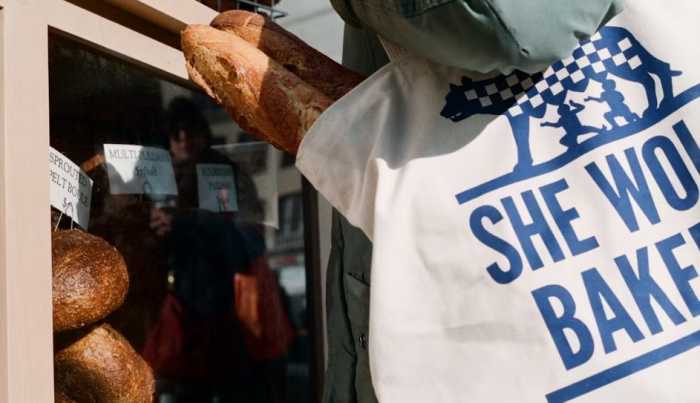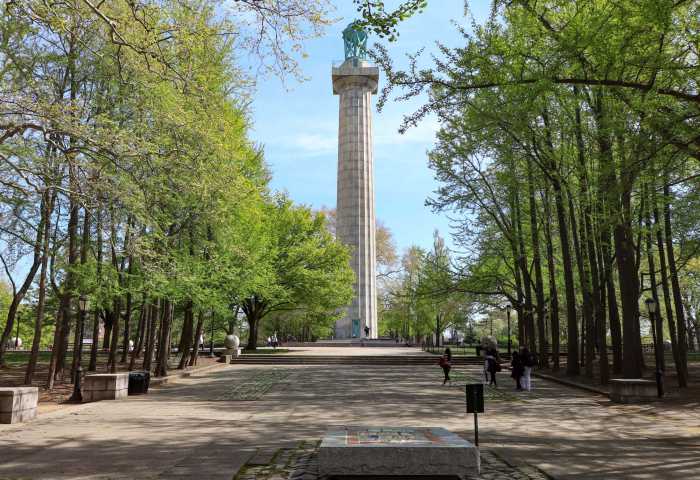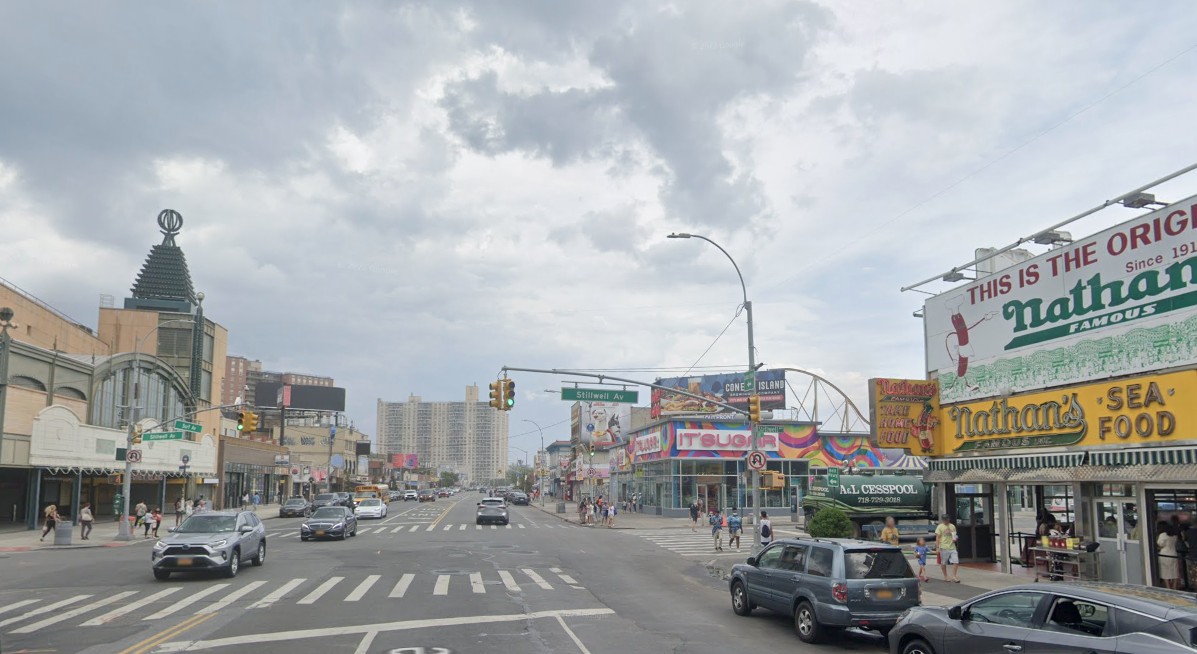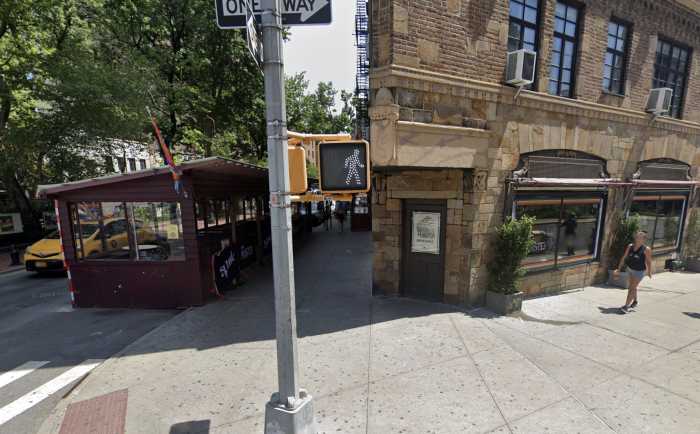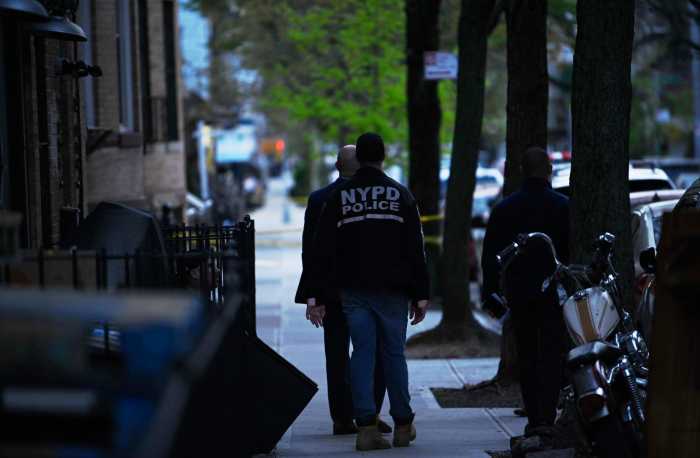Is our childhood always golden?
Does the distance created by the passage of years transmute pot metal into gold, creating halcyon days softened gently and almost imperceptibly by the action of memory, infinitely selective and seductive?
Those are questions that inevitably occur with any coming-of-age tale, whether the author is telling of eras long gone by or relatively recent times.
It’s no surprise then that a recently published Brooklyn novel, The Death of Dahlgren Place (iUniverse, Inc., $21.95), by Eliot Sefrin,takes us back to childhood to dramatize the loss of innocence as it tells the tale not only of one young man’s coming of age, but an entire borough’s progress across the threshold between innocence and experience.
In that context, it is certainly logical that the transition from child to man occurs for Sefrin’s protagonist, 13-year-old Nathan Wolf, under the shadow of the soon-to-be-built Verrazano Bridge, whose construction spells the end of an era and the end of a way of life for those who lived within the area soon to be subsumed by the march of progress, under the direction of that indefatigable road-builder, Robert Moses.
Indeed, as the book unfolds, Dahlgren Place, a quiet street of homes dating back to the early years of the 20th century, becomes a visible symbol of the loss of innocence as children say farewell to their easygoing childhood days and adults bid adieu to a way of life that comes to an end as homes are razed and neighborhoods severed, to enable progress.
“There was more to lose in the Battle of Bay Ridge, we feared, than simply our neighborhood and street, more to forfeit than merely a sense of permanence borne of wishful thinking and out almost dreamlike innocence,” Sefrin wrote.
Sefrin – who grew up in the Brooklyn neighborhoods of Boro Park, Bensonhurst, Canarsie and Flatbush – never lived in Bay Ridge, but explained during an interview that his consciousness of the life-changing events that took place there were a major force in shaping the novel.
“The seeds of the story were planted in my childhood,” he noted, recalling that he had “witnessed” the cataclysmic events “through the accounts of friends and newspaper accounts. It took me many years to realize how symbolic the construction of the bridge was, how wrenching was the transformation taking place in Brooklyn at that time.”
The 1950s, when the novel were set, were in many ways, Sefrin contended, the borough’s “golden age,” with World War II a distant memory, replaced by a thriving economy and a family life that extended beyond the front porch to encompass community life on the street.
“Brooklyn, in the Fifties, was an amazing place to grow up,” averred Sefrin. “The streets were full of kids. It was a period of hard work for parents but one of simple pleasures for kids. Everything felt safe and orderly.”
But, by the end of the decade, the gold had begun wearing thin. Borough residents contended simultaneously with the closing of the Navy Yard – an engine of prosperity that would be sorely missed – as well as the departure of the Dodgers, and the beginning of Coney Island’s downward slide, Sefrin remarked.
When news came that a broad swath of southwestern Brooklyn would go under the bulldozer to make way for the Verrazano Bridge, Sefrin said, it was almost the last straw. “All of a sudden the world we had grown up in was lost to us,” he recalled.
This doesn’t mean, Sefrin went on, that the construction of the Verrazano Bridge was, on the whole, a bad thing. He observed, “It will take decades to assess the effect of Robert Moses. He literally carved his way through the city as homes, apartment buildings and businesses were demolished and thousands of people relocated.
That is an overriding theme of the novel. “In all,” Sefrin mused toward the end of the book, “some seven thousand residents had been displaced by the expressway, scattered like leaves in a sudden gust. In truth, not all had been distraught about leaving. Many, pleased with their settlements from the city, were more than willing to abandon Bay Ridge, resettling in other parts of the city, relocating to the suburbs, or severing their New York ties entirely….
“Others, however, weren’t as lucky,” he went on. “For many, especially the elderly, displacement was wrenching. Shocked like uprooted trees, many old-times would wander through the remains of their life as if trying to navigate a dense fog – disoriented, shattered by the disintegration of their world, consumed by their loss, unable to restore their equilibrium.”
“Whether it was positive or negative, I didn’t want to make a judgment in the book,” Sefrin said. “The history of the borough, the history of the city, is one of constant evolution.” Nonetheless, he stressed, “The loss, at that period of time, was very wrenching. But, the borough survived, even though in many people’s eyes it was somewhat damaged.
“Part of the beauty of it is that, while Bay Ridge was hurt and changed, Brooklyn went on,” Sefrin opined.
Now a resident of New Jersey, Sefrin is one of those former Brooklynites who returns to the borough on voyages of discovery, and self-discovery. In that, he says, he is like many other Brooklyn expatriates.
“We go back not only to see it, but to feel what we felt,” Sefrin mused. “I tried to have readers see that Brooklyn again, feel the pulse of the neighborhood, and contrast that with the disruption, the dislocation and the anguish that the construction of the bridge caused many people.”
Further information on Sefrin, and on ordering The Death of Dahlgren Place, can be found at Sefrin’s website, www.eliotsefrin.com.
The book can also be ordered at amazon.com, barnesandnoble.com or iuniverse.com.


